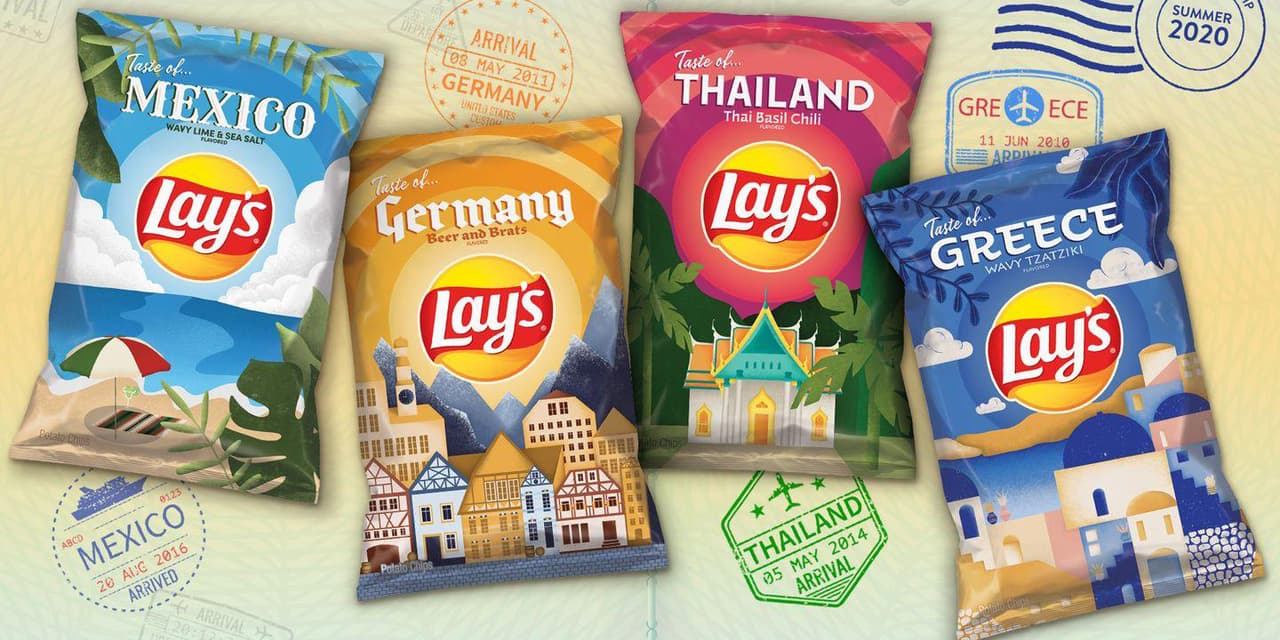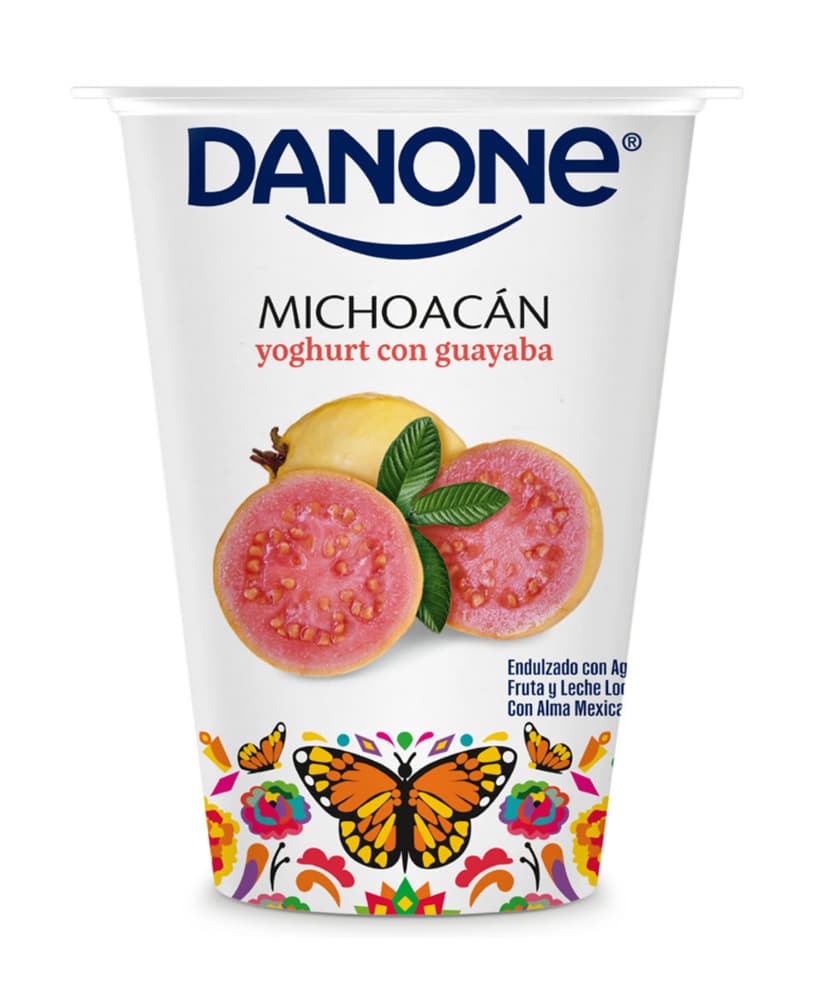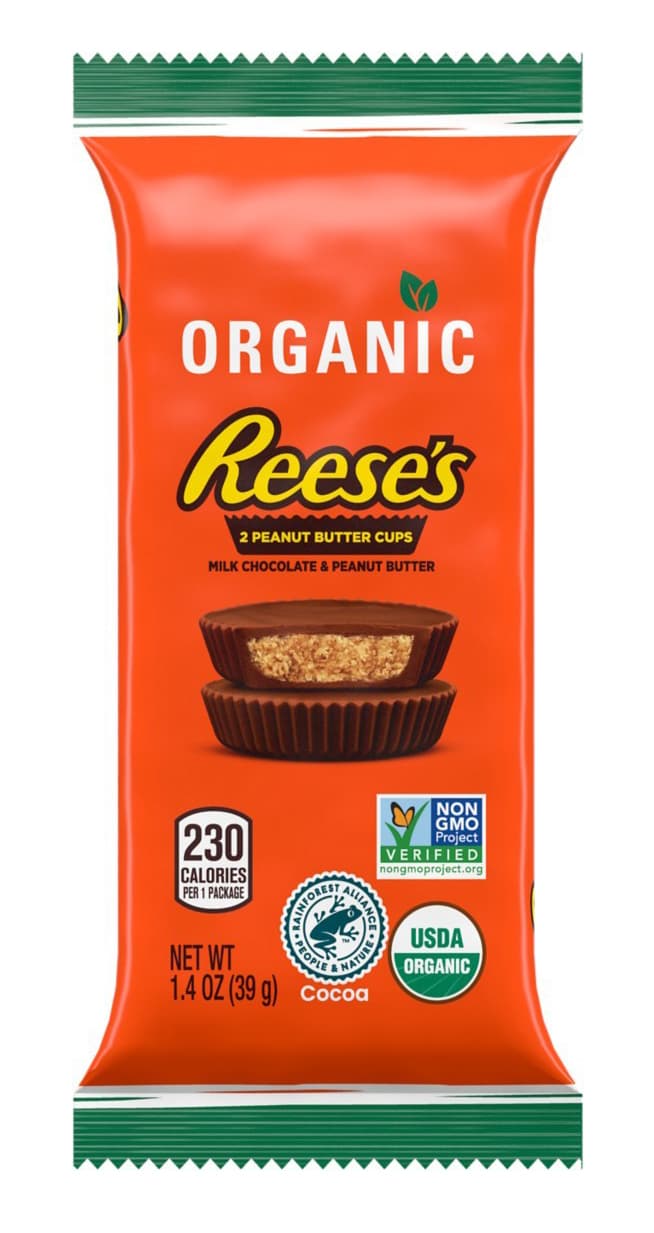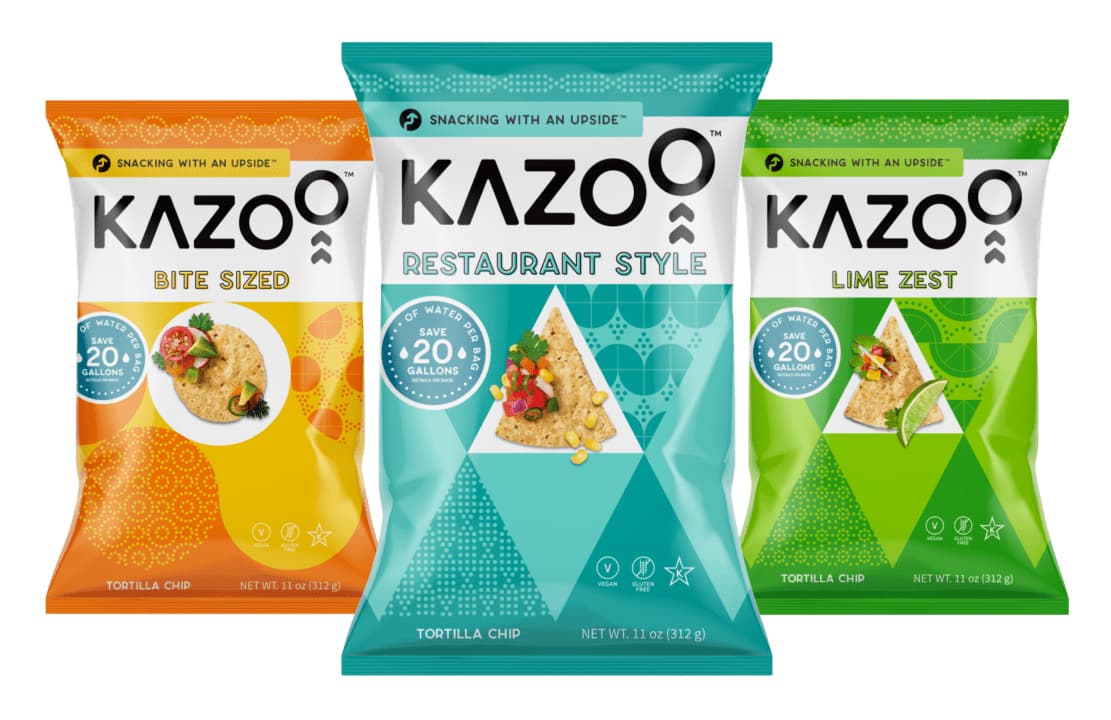Inquiring Minds
Want to Know
NEW PRODUCT
trends
Transparency has become increasingly important to consumers and this has only been accelerated by the COVID-19 pandemic. In response, consumer packaged goods manufacturers are working harder to convey trust and communicate more stories behind their products and brands. This messaging—found everywhere from product packaging to social media and websites—involves topics of ethical sourcing, environmental stewardship and “clean” healthy ingredients.
Learning more about where their foods come from was of interest to six in 10 global consumers in Innova’s 2020 Consumer Survey. Even more consumers (85%) agreed that product information was of major importance and wanted to know what products contained. Key issues of concern included human/animal welfare, supply chain transparency, plant-powered nutrition and sustainable sourcing.
While transparency emerged as the clear winner in Innova Market Insights’ Top Trends for 2021, it is also closely related to previous trends. Back in 2008, Innova identified “Going Greener” and predicted the rising importance of sustainability and transparency to consumers. Most recently, Innova also identified “Storytelling: Winning with Words,” the number one trend for 2020. In a way, that trend also built on 2019’s lead theme: “Discovery: the Adventurous Consumer.”
According to Innova Market Insights research, three in five global consumers say that stories around a brand influence their purchasing decisions. Consumers say they want to better know where the ingredients come from, they want to better understand the product’s benefits and they would like to trust the brand.
By LU ANN WILLIAMS, Contributing Editor
Consumers weigh more product “storytelling” attributes with each purchase.
Photo courtesy of: Getty images / Milena Katzer

Have Tastebuds, Will Travel. Consumers faced travel restrictions so manufacturers brought new tastes to them. Photo courtesy of: Frito-Lay
As a result, manufacturers are increasingly focusing on ingredient provenance platforms in order to highlight the taste and quality of their products, as well as their uniqueness and related sustainability. Provenance platforms can communicate a whole range of messages to the consumer, including flavor/taste, processing methods and cultural and traditional backgrounds, as well as the more obvious geographical origin.
Show Us on a Map
Food companies have several ways to celebrate cultures and regions. In 2020, Danone Mexico introduced range of drinkable and spoonable yogurts and the line itself celebrated Mexico. Different items featured local fruits as well as milk and seasoned with agave. Items featured figs from the Morelos region, guava from Michoacan, banana from Tabasco, and “fruits of the forest” from Jalisco.
On-pack ingredient sourcing messages have been popular in chocolate confectionery. Curious consumers not only are interested the cocoa’s origins but also about assurance that the chocolate was ethically produced, packaged and made in accordance with other environmental factors.
The US market offers several examples. La Amourette, San Francisco, introduced Gold Legend Criolla Single Original Chuao, a hand-made, all-natural premium-style block chocolate with 72% cocoa content sourced from Venezuela. Dick Taylor Craft Chocolate, Eureka, Calif., introduced a 72% organic cocoa Vanilla Raspberry variant made with cocoa from a Maya mountain co-op in Belize. Of course, US mainstream market players are quite active. The Hershey Company’s Hershey Organic Chocolate uses Rainforest Alliance certified cocoa and the Green & Black’s line from Mondelez promotes ethically-sourced organic, non-GMO premium chocolate blocks.

Globalization has further sparked consumers’ curiosity to discover new food and drinks. In 2019, Innova Market Insights identified this as a Top Ten trend with “Discovery: the Adventurous Consumer.” This has perhaps become even more important with the pandemic’s lockdown (no travel) restrictions.
Previously, people traveled the world, connected online and became increasingly familiar with other food cultures, flavors and experiences. Even during the pandemic, consumers have been hungry for global experiences and they have looked for provenance flavors that can transport them somewhere else. Innova’s global research indicates that consumers are more open than ever to trying new flavors, with one in two saying that they looked for new flavors they had never tried before.
Last fall saw The Kellogg Company’s Asian business unit introduce Pringles Passport Flavours travel-inspired chips. It included New York Cheeseburger, London Fish & Chips and Sichuan Style Kung Pao Chicken. Last summer also saw PepsiCo’s Frito-Lay business use social media to promote Lay’s potato chips with travel-themed varieties. To purchase, consumers had to view the posts and indicate a preference. Flavors included Lays Wavy Tzatziki (inspired by Greece), Lay’s Wavy Lime & Sea Salt (inspired by Mexico), Lay’s Thai Basil Chili (inspired by Thailand) and Lay’s Beer & Brat’s (inspired by Germany).
Grupo Danone Mexico celebrated ingredients with Mexico’s different regions. Photo courtesy of: Grupo Danone Mexico

Time to Come Clean
Brands also are connecting to adventurous consumers by sharing more unique stories behind a product. This involves greater transparency about the source and nature of ingredients, recipes and processing.
Meanwhile, the trend to cleaner living is broadening and heightening expectations around what constitutes a “clean label.” For food and beverage manufacturers, this necessitates more meaningful storytelling. Clean and clear labeling concerns are now well established in the food and drinks industry and it has been a key, ongoing theme through all of Innova Market Insights’ recent Top Trends forecasts.
More than 10 years ago “Go Natural” led the company’s annual trends listing and since then, clean label has featured each year in different forms. It’s increasingly integrated throughout the entire listing until it is now regarded as a given.
Clean labeling’s mainstream status is widely reflected. In 2020, 26.5% of food and beverage launches recorded by Innova Market Insights used one or more clean label claims (natural, organic, no additives/preservatives and GMO-free). This rises to 37% in the US, which saw higher than average levels of use of all four of the clean label positionings.
Meanwhile, the term “clear labeling” (which Innova Market Insights coined for its 2015 Top Trends listing) also has also fully entered industry parlance. This indicates how the clean label trend has moved on past no additive or preservative claims to a demand for much more transparency about how food is made.
Symbols Tell the Story: Chocolate makers tout organic, Rainforest Alliance certifications. Photo courtesy of: The Hershey Company
Clean label’s definition has continued to evolve to include ethical and environmental factors. We see claims related to human and animal welfare and increased focus on supply chain transparency and plant-powered nutrition as well as sustainable sourcing.
Innova Market Insights research suggests that three in four global consumers expect companies to “invest in sustainability.” It’s important to note, however, that opinions vary radically about how sustainability should be defined, as well as the relative importance of other factors.
“The Sustain Domain” was another of Innova Market Insights’ Top Trends for 2020. This recognized consumer expectations around sustainability were increasing and these expectations, in turn, were pushing companies to prioritize eco-efficiency, especially in reducing food waste and plastic waste.


Clean label's definition has continued to evolve to include ethical and environmental factors. We see claims related to human and animal welfare and increased focus on supply chain transparency and plant-powered nutrition, as well as sustainable sourcing.
However, sustainability is no longer just about recyclable packaging. It’s about making the entire product “lifecycle” sustainable—from agricultural practices to resource-efficient factories to food waste and packaging waste reduction.
New issues related to sustainability are emerging all the time. Palm oil free is a relatively new idea, for example, but has quickly forged a position in the European market in particular. Looking ahead, climate neutral schemes could make a bigger impact, while a new logo for upcycled foods also is likely to bring the idea of food waste to the fore.

Kazoo Snacks Inc. says its tortilla chips are “mouthwatering—without the water.” Each bag is made using 40% upcycled corn germ. Officials say this reduces water footprint by at least 20 gallons per 11oz bag (compared to 100% new growth corn), without compromising on taste. Photo courtesy of: Kazoo Snacks Inc.
As consumers increase the priority they place on sustainability when choosing products and brands, manufacturers are stepping up their efforts. Technology will have a role to play in improving transparency, with 50% of consumers saying that they are at least somewhat likely to check a QR code if it appears on pack. This helps manufacturers and their suppliers deliver farm-to-fork traceability.
The COVID-19 crisis appears to have intensified this consumer interest in transparency and responsible production and this is likely to persist going forward. According to an Innova survey, 28% of consumers said that trust had become more important to them during the past 12 months, while more than one-fifth specifically named transparency, which is instrumental in building that trust. With transparency throughout the supply chain set to dominate activity through 2021 and beyond, the need for successful storytelling has never been higher. Consumers are searching for brands that can build trust, provide authentic and credible products and create shopper confidence in the current and post-COVID market. PF
Lu Ann Williams is Global Insights Director at Innova Market Insights, provider of market research services including the Innova Database. With more than 25 years’ experience in the food industry, Lu Ann is a trend expert and frequent public speaker at events worldwide. She leads a team of analysts and works with global clients. Contact her at luann.williams@innovami.com
August 2021
